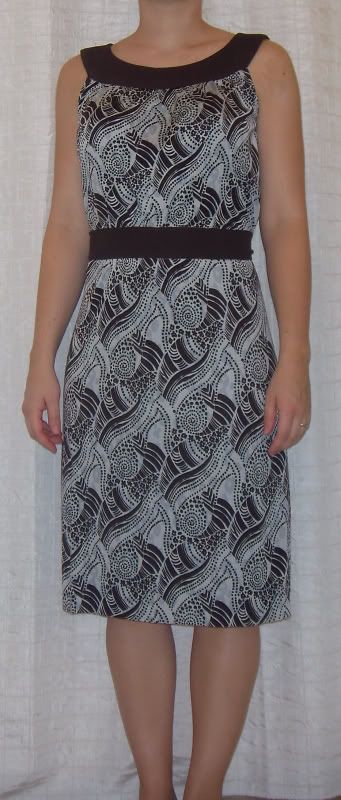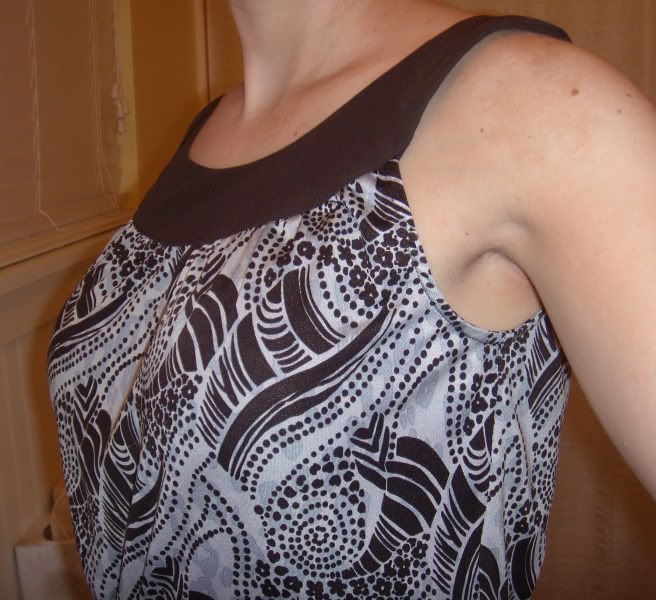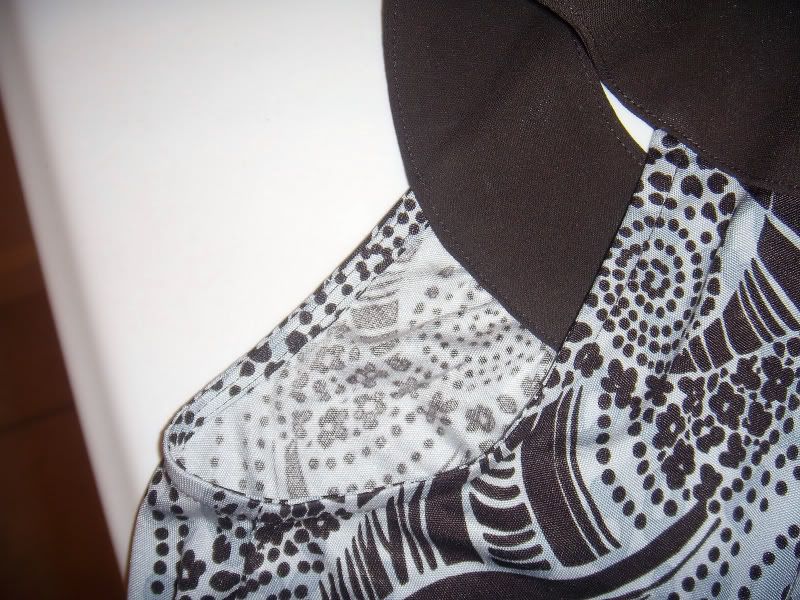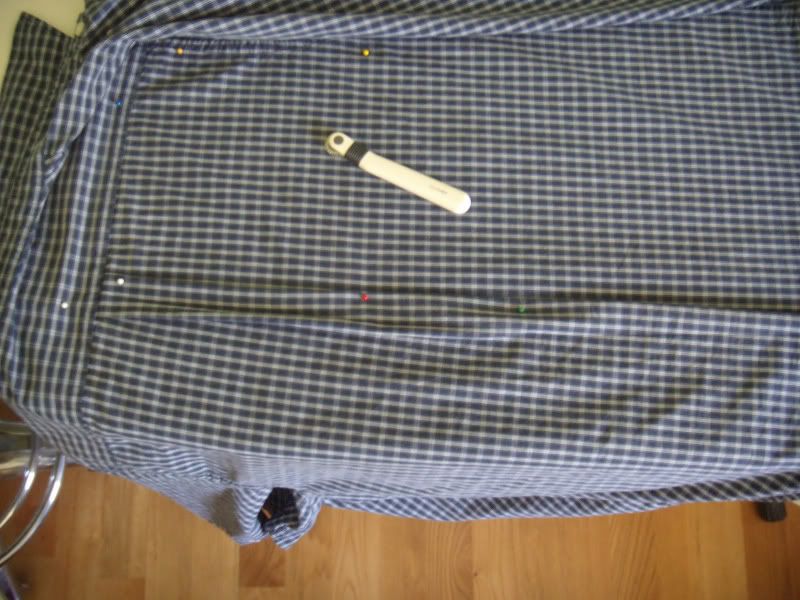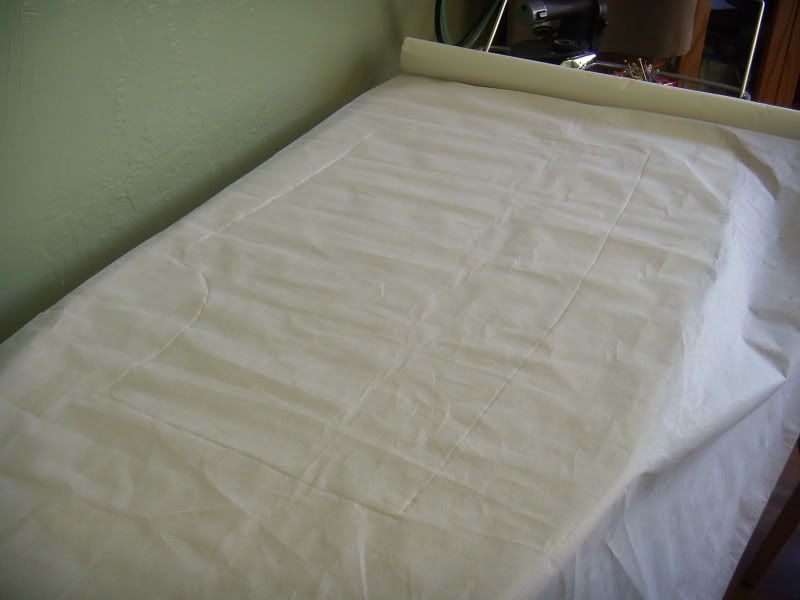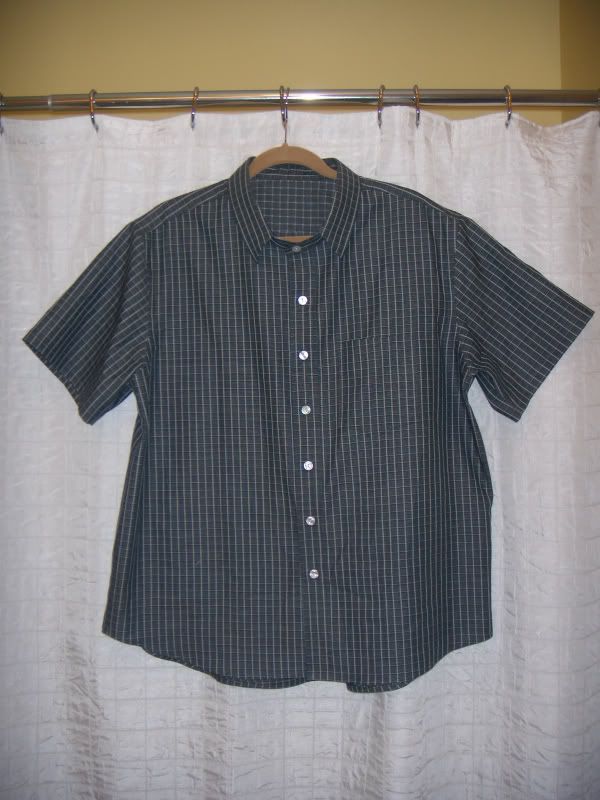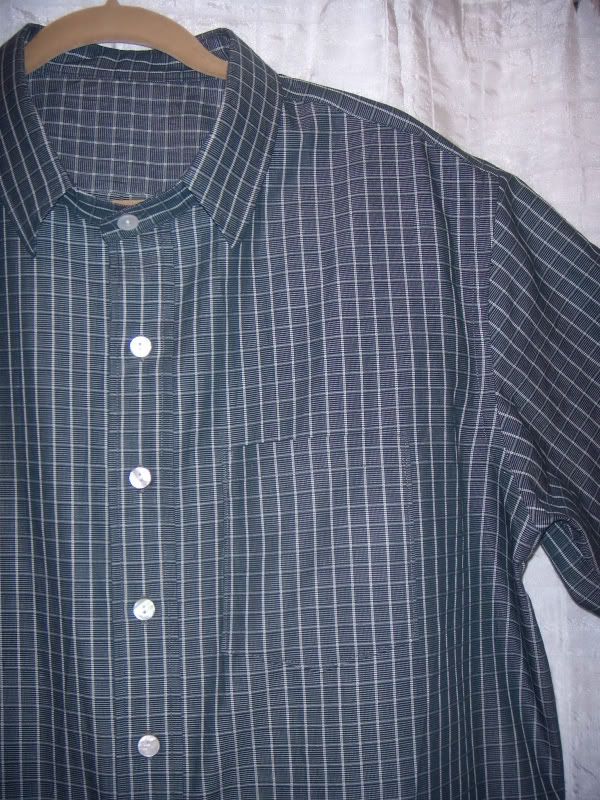Or at least not well enough to decipher Patrones instructions. Somehow words like 'facing', 'zipper', and 'baste' didn't make it into my 3 years of high school spanish. With the help of Paco Peralta's Spanish sewing glossary, I've managed to somewhat figure out what the instructions say, but not in enough detail to follow. What I have noticed is the first few garments in the issue have more detailed instructions, after that when something is repeated (like a fly-front zipper), they just tell you to refer to whatever pattern number has the details. This skirt is number 37 in the August 2007 Patrones, the fly-front zipper instructions are found in number 6. I think I determined which part was talking about the zipper.
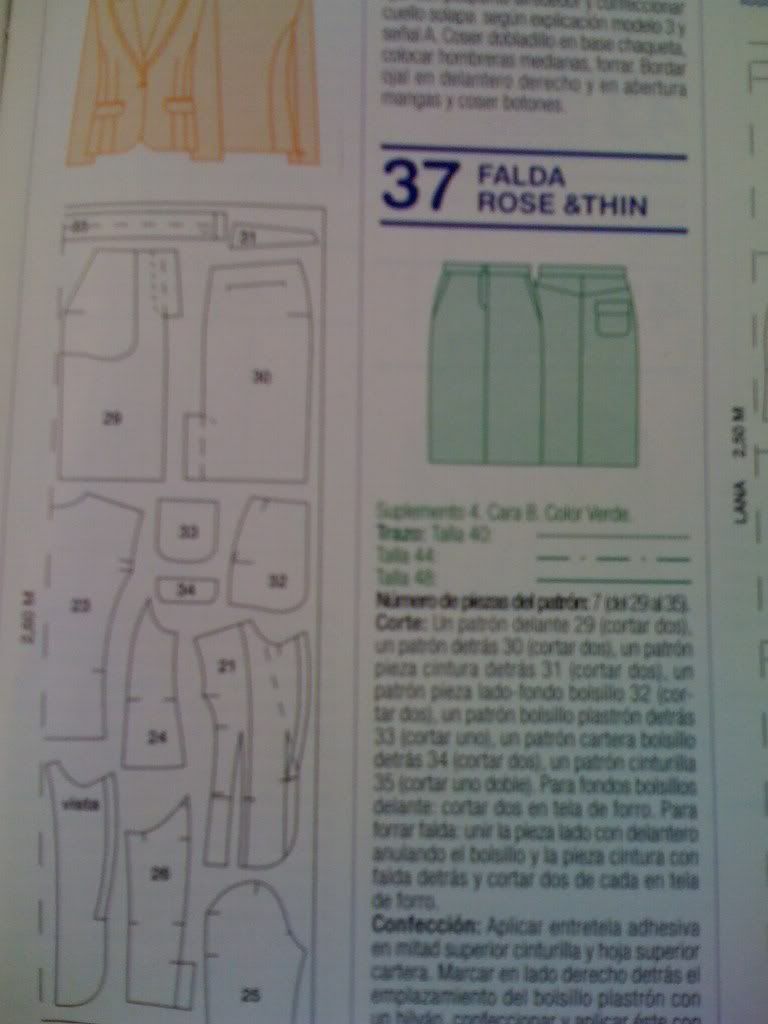
senalar con un hilvan el centro delante de cada pieza, quedando esta senal a 4cm. del extremo del la vista; doblar hacia dentro la vista del lado derecho, sujetar con hilvan; en el lado izquierdo doblar la vista a 1.5 cm. del centro dejando hacia dentro una vista de 2.5 cm. de ancho, sujetar con hilvan; abrir cremallera, coser un lado de esta en el lado izquiredo de la abertura, al borde, dejando los dientes vistos; cerrar cremallera, formar cruce solapando el lado derecho sobre el izquirdo, sujetar la cremallera con hilvan y coser con pesunte por encima.
I had a non-sewing friend try to decipher it for me, here is what she came up with:
Place a mark (baste?) on the front, center of each piece, 4cm from the edge (?).
Fold the right side over toward the center and secure this (might help if I knew what basting was, but I know hilvanar means to sew, maybe this is a loose stitch that secures the fabric while you are working on it???)
fold the left side inward towards the center, 1.5cm, leaving a 2.5cm wide space from the left edge (I hope this makes sense to someone)
Open cremallera (not sure here, but makes me hungry) Sew on side of the “cremallera” to the left side of the opening (ooh, yeah, zipper, that what we’re talking about. I just say el zipper – lol) on the edge, leaving the teeth visible, close the zipper
Cross yourself – lol
Make a cross, crossing the right side over the left.
Hold the zipper in place with “baste” and sew over it with (pesunte???)
So it sounds like I didn't quite get all the instructions, it's hard to tell when they start talking about something else! But this does at least give me the spacing for the fly, on my muslin I wasn't sure where to line up the zipper.
The skirt has angled front pockets with fly zipper, back yoke, CB and CF seams, back vent, and a waistband. I thought it was a great knockoff of this J. Crew skirt. I've never made a fly opening, waistband, or a back vent, so a muslin was necessary. I used Debbie Cook's excellent tutorial for the fly, and consulted another skirt pattern for help with the pockets and waistband. The back vent was stumping me until I pulled out a skirt from my closet, I've only made slits before but I think I prefer the vent. It certainly isn't any harder to make.

Yes I did figure out you have to attach the waistband unfolded, but not until after I took these pictures. :-)
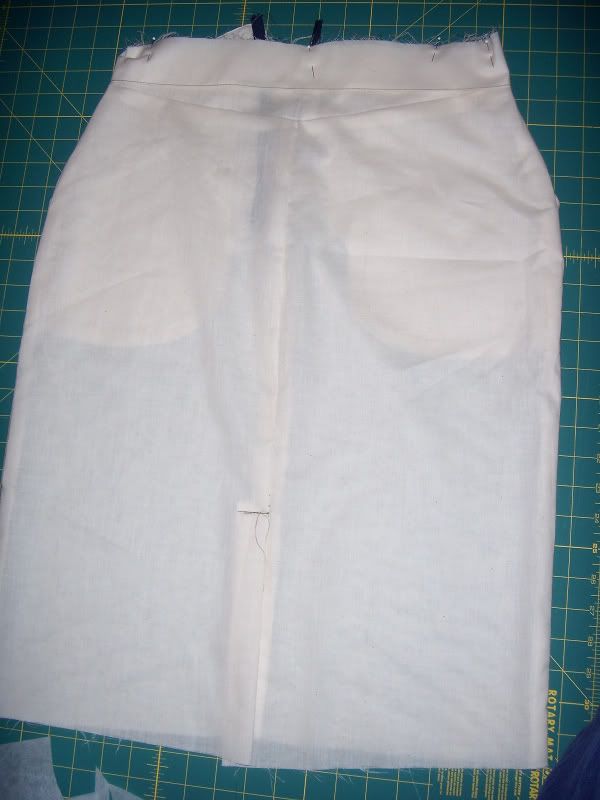 Can I tell you how excited I am about the fit?? I made a straight size 44 with no alterations (although by the size chart I should have been a 42), and I only have a slight bit of gapping at the center back yoke seam. I will take more pictures once I get the waistband on. Just a word of advice: if you skip the fly shield for the muslin, be very careful when zipping it up. Just sayin'. It's a good thing this wasn't pants for DH.
Can I tell you how excited I am about the fit?? I made a straight size 44 with no alterations (although by the size chart I should have been a 42), and I only have a slight bit of gapping at the center back yoke seam. I will take more pictures once I get the waistband on. Just a word of advice: if you skip the fly shield for the muslin, be very careful when zipping it up. Just sayin'. It's a good thing this wasn't pants for DH.






